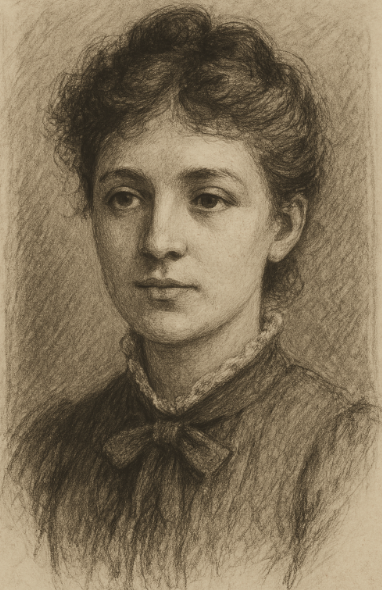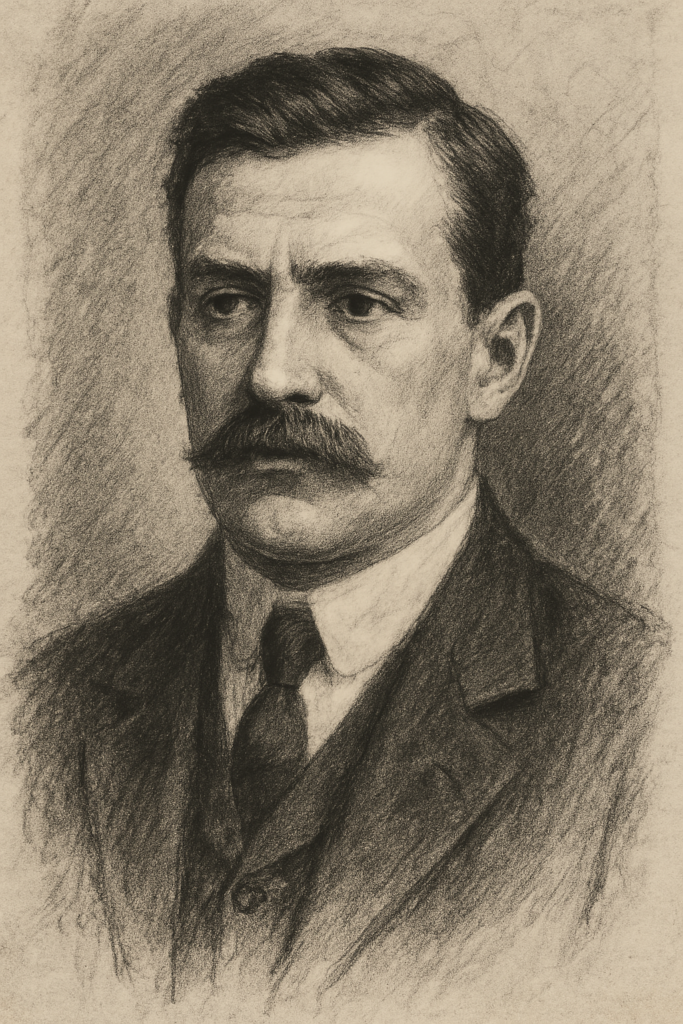Your cart is currently empty!
Louis Besumer and Harriet Lowe


Attack Date: June 27, 1918
Location: Dorgenois and Laharpe Streets, New Orleans
Relation to Axeman Case: Second known victims. First with a surviving witness. Source of major media scandal
Overview
Louis Besumer was a multilingual grocer of mixed European descent. Harriet Lowe was his mistress. They were both brutally attacked in the back of Besumer’s grocery store. The case not only heightened public fear of the Axeman but also triggered a scandal-filled media storm driven by wartime paranoia, racism, and moral outrage over their relationship
Victim Profiles
Louis Besumer
Male. Reported age varies between early thirties and sixty
Owner of a corner grocery store where the attack occurred
Spoke several languages
Possessed letters written in German, Russian, and Yiddish
Accused of being a German spy during World War I
Suffered a skull fracture near his right temple but survived
Arrested twice. Once for espionage and once for murder. Acquitted both times
Harriet Lowe
Female. Estimated to be in her twenties or thirties
Mistakenly identified in the press as Besumer’s wife
Known for erratic and contradictory statements
Hit above the left ear. Unconscious when discovered
Left partially paralyzed in the face
Refused to cooperate with police after the press exposed her as a mistress
Died August 5, 1918. Accused Besumer shortly before her death
The Attack
Around 7 AM on June 27, 1918, a bakery wagon driver named John Zanca arrived at Besumer’s store to make a routine delivery. He found both Besumer and Lowe unconscious and bleeding from severe head wounds. The attacker used a hatchet that belonged to Besumer and left it in the bathroom. Besumer had a fractured skull. Lowe had a deep gash above her left ear and was unresponsive
Besumer claimed he had been asleep and remembered nothing. Lowe was taken to Charity Hospital where she began making erratic claims. She first said the attacker was a “mulatto man,” a statement that was quickly dismissed due to her delirium and condition
Investigation and Scandal
Police arrested Lewis Oubicon, a Black man who had worked at the store a week earlier. He was accused based on conflicting accounts of his movements. No evidence was found. He was eventually released
The discovery of letters in Besumer’s possession led police to suspect him of espionage. The country was still at war with Germany. Public hysteria ran high. Lowe echoed the spy accusations in her semi-lucid state. Besumer was arrested but released again after no evidence was found
The situation worsened when hospital staff refused Besumer’s request to see “Mrs. Harriet Lowe” because no patient was registered under that name. This exposed the truth that Lowe was not his wife. The Times-Picayune latched onto the scandal and published sensational stories about their affair
Besumer’s legal wife arrived from Cincinnati, adding fuel to the media fire. Lowe lashed out at police, claiming Chief Mooney had leaked the story to the press. She stopped cooperating with the investigation
Despite the scandal and earlier statements, Lowe returned to live with Besumer. She underwent surgery in an attempt to repair her paralysis. She died two days later. On her deathbed, she once again accused Besumer of being her attacker
Trial and Verdict
Besumer was charged with murder and spent nine months in prison awaiting trial. On May 1, 1919, he was acquitted after only ten minutes of jury deliberation. The case against him relied entirely on Harriet Lowe’s contradictory statements given while she was severely injured and sedated
Two detectives were demoted due to poor investigative practices and failure to maintain reliable evidence
Legacy and Impact
The attack marked a shift in the perceived pattern of Axeman victims. Besumer and Lowe were not Italian immigrants like the first victims. The case reflected the intense xenophobia and racism of the era
Harriet Lowe became the first surviving Axeman witness, though she later died. Her public image was shaped more by scandal and press manipulation than the attack itself. Besumer became one of the few Axeman victims to also be treated as a prime suspect
This incident highlighted systemic failures in law enforcement and the media’s power to shape public perception. It deepened the panic gripping New Orleans and blurred the line between victim and suspect
On the day Harriet Lowe died, another Axeman attack occurred. Anna Schneider, eight months pregnant, was bludgeoned in her sleep. She survived and gave birth two days later. This timing added to theories that the Axeman was acting in rapid succession.
Leave a Reply